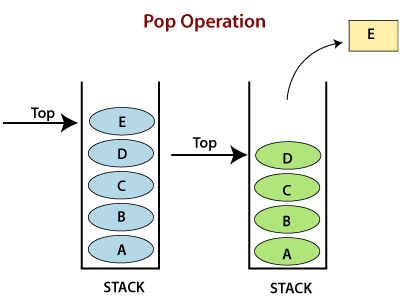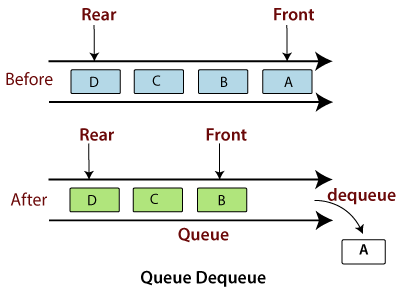
In the next article, we’ll explore the priority queue.Python Dictionaries Access Items Change Items Add Items Remove Items Loop Dictionaries Copy Dictionaries Nested Dictionaries Dictionary Methods Dictionary Exercise Python If.Else Python While Loops Python For Loops Python Functions Python Lambda Python Arrays Python Classes/Objects Python Inheritance Python Iterators Python Polymorphism Python Scope Python Modules Python Dates Python Math Python JSON Python RegEx Python PIP Python Try. Our implementation uses deque, allowing for thread-safe, memory efficient, and constant time enqueues and dequeues. The queue is a linear data structure useful when accessing data in a first-in, first-out fashion. In this article, we implemented a queue in Python.
#IMPLEMENT QUEUE PYTHON FULL#
The full implementationīelow is the full implementation and some test cases: Conclusion This method has a constant time complexity O(1). The size method returns the length of the queue. As with dequeue, we need to return None if the queue is empty to avoid an Inde圎rror. The peek method returns the item at the front of the queue (index 0). To avoid getting an Inde圎rror when popping from an empty queue, we first check if it is empty and return None. The dequeue method returns and removes the item at the front of the queue, using the popleft method from deque. The enqueue method adds an item to the back of the queue, using the append method from deque. The is_empty method returns True if the queue is empty. 3) The deletion of the new element will be done only after all the previous elements of the new element are deleted. At the top of the module, we must import deque from collections. We define a Queue class with a constructor that instantiates an empty deque and a _str_ method that returns a readable representation of the queue object. Let’s go over our queue implementation using deques.




queue.enqueue(x): adds an element to the back of the queue.Most queue implementations have the following methods: In programming, you can use queues to implement applications and functionality that require FIFO data access. The operations of a queue make it a first-in, first-out data structure (FIFO). In computer science, a queue is an abstract data type serving as a collection of items maintained in a sequence where items are added at one end and removed at the other. A Priority Queue Implementation in Python.A Queue Implementation in Python (this article).
#IMPLEMENT QUEUE PYTHON SERIES#
I based the series on my notes while studying for a Python technical interview.įor quick access, here is the list of posts on this series: This post is the second in a miniseries exploring the implementation of linear data structures. In this article, I’ll explore the queue, a linear data structure we can quickly implement in Python.


 0 kommentar(er)
0 kommentar(er)
